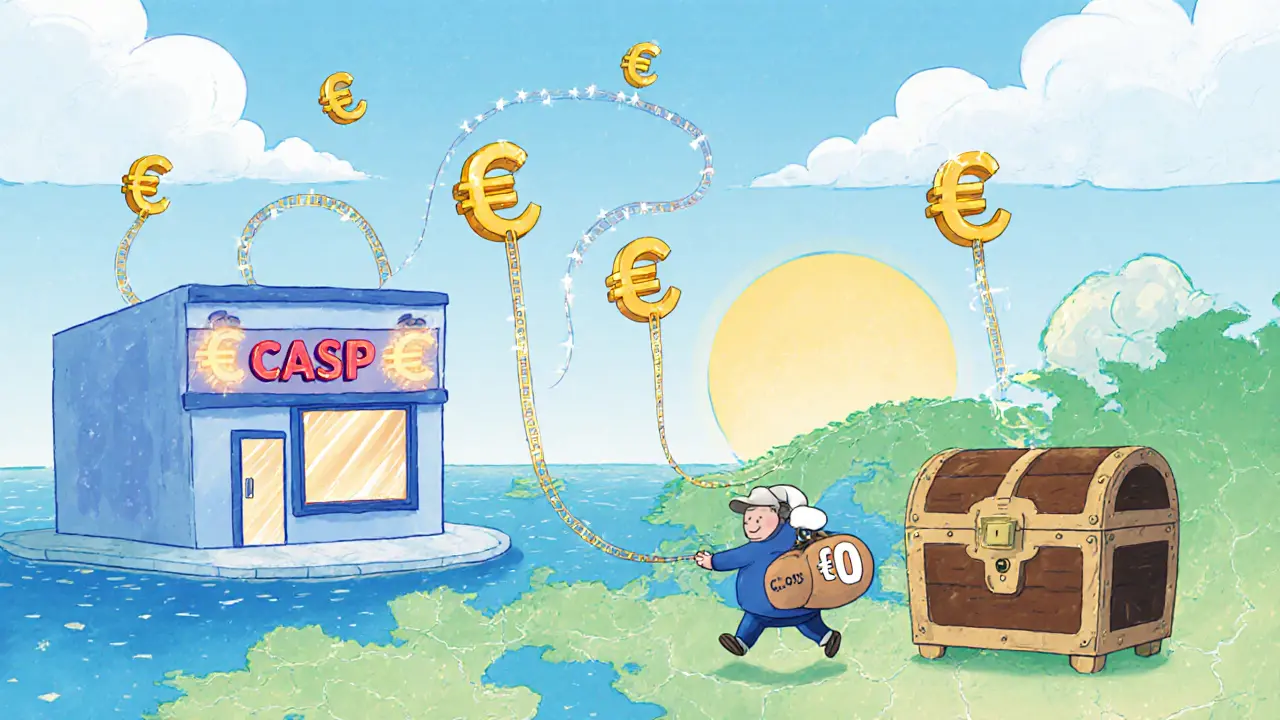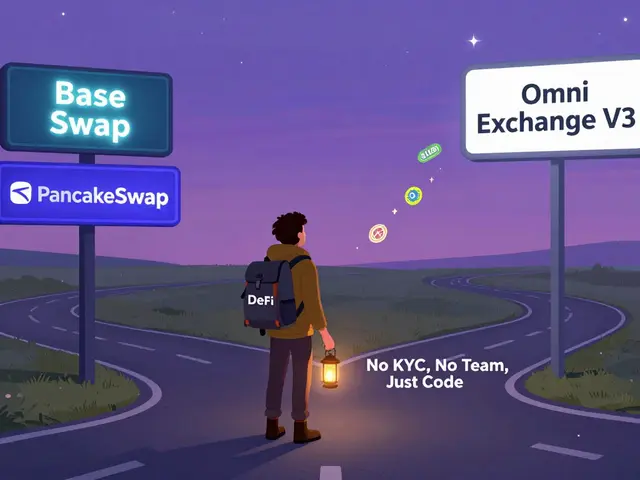MiCA – EU’s Markets in Crypto‑Assets Regulation
When working with MiCA, the EU’s Markets in Crypto‑Assets regulation that defines how crypto assets, service providers and investors must operate in Europe. Also known as Markets in Crypto‑Assets, it creates a single set of rules across member states. MiCA encompasses token classification, meaning every digital asset is sorted into categories like “crypto‑assets,” “utility tokens,” or “e‑money tokens.” It requires crypto exchanges to obtain licenses, so crypto exchanges, platforms that let users trade digital assets must meet capital, governance and AML standards. The regulation also forces stablecoins, digital tokens pegged to a fiat currency or asset to hold sufficient reserves and publish transparency reports. In short, MiCA influences how tokens are issued, how services are provided, and how investors are protected across the EU.
One of the biggest shifts under MiCA is the clear definition of token classification, the process of assigning a legal status to a digital asset based on its function and risk profile. This classification drives compliance requirements: utility tokens can be issued with fewer restrictions, whereas e‑money tokens – the EU’s version of stablecoins – must meet strict reserve‑backing rules. Because of this, many projects are redesigning their tokenomics to fit the most favorable category. At the same time, EU crypto regulation, the broader set of rules covering anti‑money‑laundering, market abuse and consumer protection in the crypto space forces service providers to adopt robust KYC/AML procedures, which directly impacts how VPN‑based traders in restricted jurisdictions, like Iran, can operate. The rule that exchanges must be authorized also means the market for crypto‑friendly jurisdictions – for example, countries offering low energy costs for mining – is reshaping, as miners seek locations that comply with both local power policies and EU standards.
Key Areas Covered by MiCA and What You'll Find Below
MiCA touches everything from airdrop mechanics to energy‑intensive mining policies. Articles in this collection dive into real‑world examples: the Kazakh energy‑grid crisis that led to a mining ban, the rise of compliant DEXes on zkSync and Polygon, and how sanctions in Iran have spurred innovative crypto‑usage patterns. You’ll also see practical guides on navigating crypto‑exchange reviews, understanding stablecoin risks, and assessing the tax implications of cross‑border crypto activities. By linking token classification, exchange licensing, and stablecoin transparency, MiCA provides the backbone for these topics. As you scroll further, you’ll get a mix of analysis, step‑by‑step tutorials, and market snapshots that show how the regulation shapes today’s crypto landscape.
EU Travel Rule Zero‑Threshold: Crypto Compliance Guide
Learn how the EU's zero‑threshold Travel Rule forces crypto firms to collect full transaction data for every transfer, the legal basis, compliance steps, and risks.





